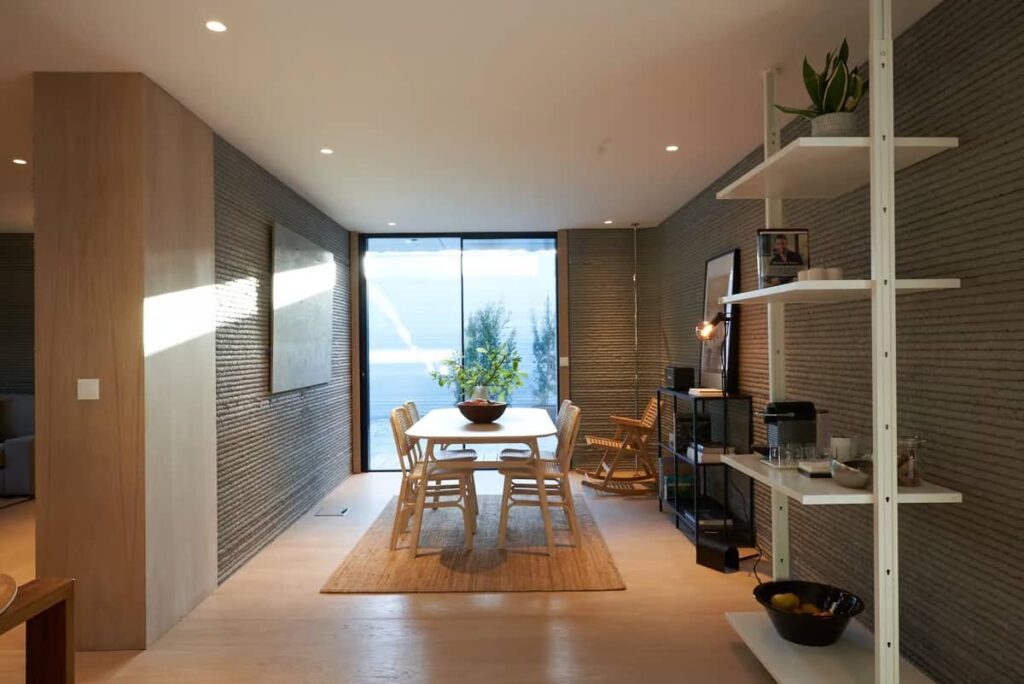Building a house in less than 2 months, at a cost significantly lower than the market price: it seems like a utopia, but it is what has made 3D printing technology applied to construction possible. The Portuguese startup Havelar showed the full potential of this innovation with its first 3D printed house, an 80m18 two-room apartment printed in just XNUMX hours. A result that could revolutionize the very concept of accessible housing.

How construction changes, between printing and delivery
The Havelar house, located in the metropolitan area of the Portuguese city of Porto, was built using the printer BOD2 of COBOD, the same one used to create the largest 3D printed building in Europe. The actual printing process took just 18 hours, during which the printer followed a predefined blueprint, extruding layers of a concrete-like mixture to build the basic structure of the house.
After the printing phase, a team of builders intervened to complete the building by installing windows, doors, panels, roof and everything necessary. The entire project, including human construction labor, has been completed in less than two months.
Simple design, affordable cost
The house presents itself as a simple single-story residence, characterized by the distinctive grooved walls typical of a 3D printed building. The interior is organized around a central kitchen and dining room, with an adjacent living room, two bedrooms and bathroom.
Although relatively basic when compared to other more luxurious 3D printed homes, such as models from Wolf Ranch, this residence has a price about 400.000 euros lower. This will allow the construction company to enter a totally different market.

According to COBOD, Havelar houses can be produced at €1.500 per square meter, a cost significantly lower than the Porto average of €3.104 per square metre. This cheaper price is largely due to the speed of construction offered by the 3d printing.
Construction, a sustainable and accessible future
This is the first 3D printed house produced by Havelar, so it's just the beginning, but looking to the future, the company hopes to increase production and reach net neutrality by 2030 by adopting alternative building materials such as earth and straw (we can suggest hemp too?).
We want to collaborate with partners who share our building vision. With €150.000, it is possible for a young couple to have the home of their dreams, in an area with good services and accessibility.
Rodrigo Vilas-Boas, co-founder of Havelar.
Revolution upon us
Havelar's 3D printed house represents a significant step towards a future where affordable housing could become a reality for many. The speed and cost-effectiveness offered by 3D printing could in fact revolutionize the public housing sector, making the dream home affordable for young couples and families.
Of course, we are still at the beginning and there are many challenges to face, from the scalability of production to the sustainability of the materials used. But the example shows that the path is clear and the potential is enormous. Personally, I wouldn't leave all the ball rolling to the private sector. This technology in the hands of a State can completely transform public housing, making the right to live more accessible than ever.
If this technology keeps its promises, we could witness a real revolution in the way we conceive and build our homes. A revolution that could have a profound impact not only on the construction industry, but on society as a whole.


